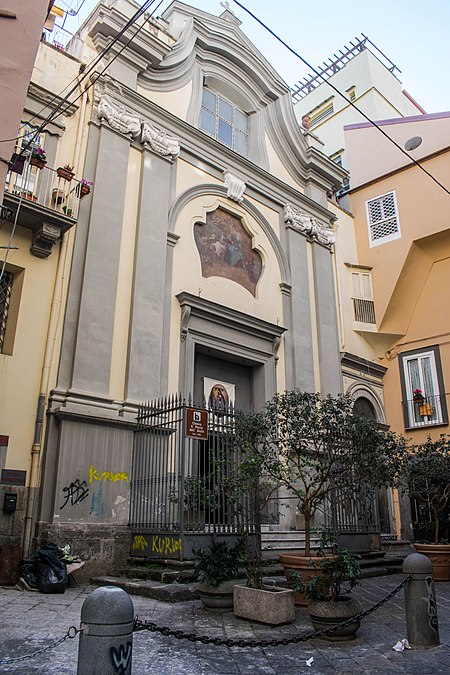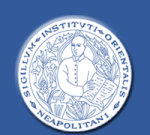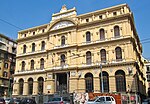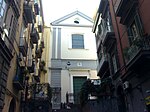Santa Maria dell'Aiuto
17th-century Roman Catholic church buildings in ItalyBaroque architecture in NaplesChurches in Naples

Santa Maria dell'Aiuto or Holy Mary of Succour is a Baroque-style church, located at Vico S Maria dell'Aiuto number 10, near the church of Santa Maria la Nova in Naples, Italy
Excerpt from the Wikipedia article Santa Maria dell'Aiuto (License: CC BY-SA 3.0, Authors, Images).Santa Maria dell'Aiuto
Vico Santa Maria dell'Aiuto, Naples Porto
Geographical coordinates (GPS) Address External links Nearby Places Show on map
Geographical coordinates (GPS)
| Latitude | Longitude |
|---|---|
| N 40.844407 ° | E 14.253988 ° |
Address
Chiesa di Santa Maria dell'Aiuto
Vico Santa Maria dell'Aiuto
80133 Naples, Porto
Campania, Italy
Open on Google Maps










